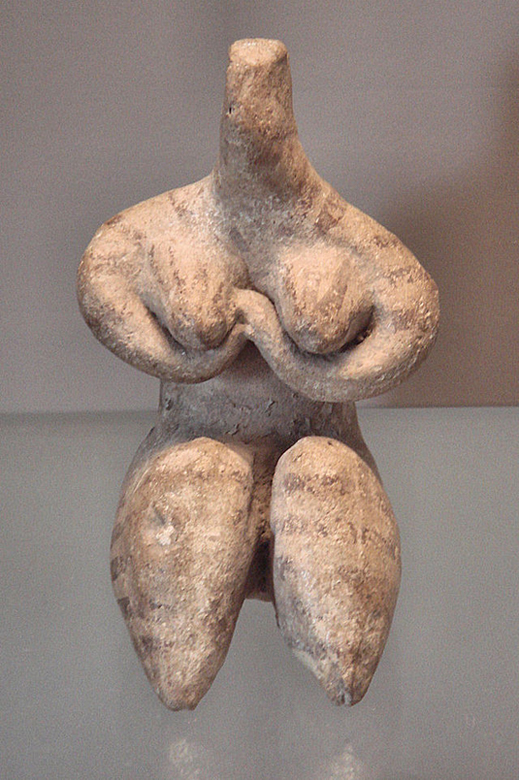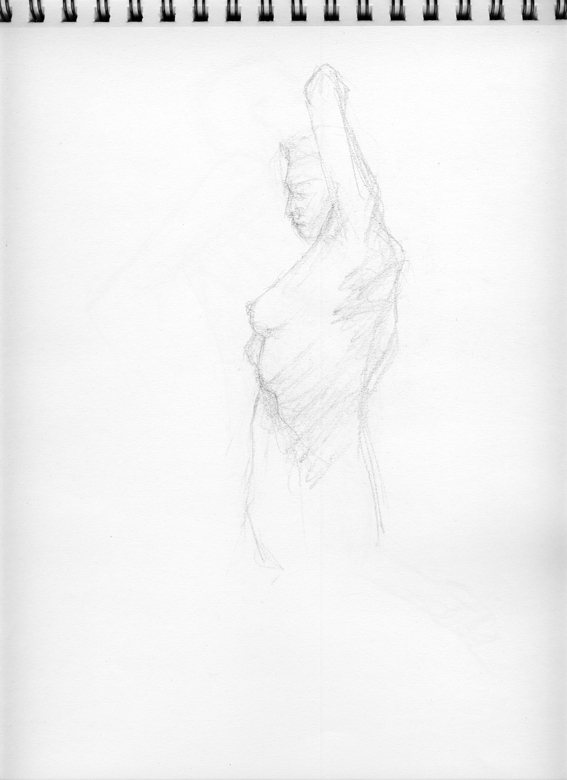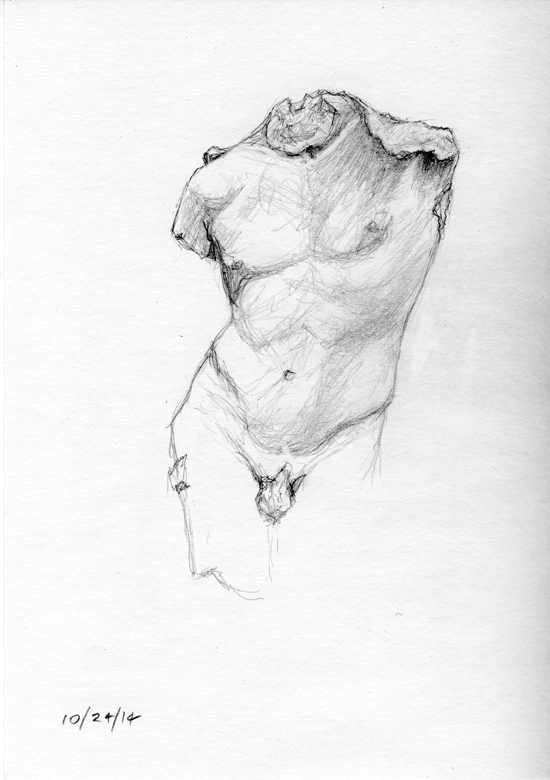
LXV
There is Law.
There is lore.
And another slice of rhetoric in WF’s present campaign of portrait and superimposed imperative: a photo of a smiling, handsome brunette, perhaps thirty years old and about six months pregnant. “Handwritten” over her figure: Eat Like an Idealist.
As in “eat as though you were an idealist”?
¿Que te pasa calabaza?
Whiteness: the religion that dare not speak its name.
Nada, nada, limonada.
To the 12th century Daoist Ma Dan Yang the most important practice, one in which he instructed his students, was this: Even if songs and lyrics tell about dragon and tiger, Child and Maiden, these are simply words. Therefore, if you long for the wondrousness of the Dao, nothing is better than nourishing qi. But people drift and drown in profit and reputation and in the process ruin their qi… If you practice stillness for a long time, you yourself will know this. If you do not nourish qi, even if you carry Mount Tai under your arm and leap beyond the Northern Sea, this is not the Dao.
I fought the lore, but the lore won.
“Treat Your Body Like It Belongs to Someone You Love.”
Kant, Hegel, Husserl, Heidegger, Wholefoods.
In his book, Decoding the Dao, Tom Bisio discusses the Diagram of Inner Circulation [of Qi/Breath] (Nei Jing Tu). This image is a rubbing taken from an engraved stone stele in a monastery in Beijing and it represents a person seated in meditation, their body configured in the manner of a Chinese landscape painting [shan-shui, mountain(s)-water(s)]. In the head are high mountain peaks; in the spine, a winding mountain path; in the neck, a pagoda with twelve stories; in the lower abdomen, a deep body of water.
The Diagram depicts the interior of the meditator’s body as a reflection of the cosmos, as a microcosm of the universe itself. Inside the body are the sun and moon, heavenly constellations, the highest mountains and the deepest seas; the farthest manifestationos of Heaven and Earth. Even the breaths of the meditator are the breaths of Heaven and Earth. Hence the movements of the Qi/Breath it depicts flow not just through the body, but through Heaven and Earth as well.
The image, therefore, conveys the idea that the forces that shape and transform the terrain “out there,” equally shape and transform the terrain within us. When looking at a landscape, the painter sees the places where the Qi/Breath collects and dissipates, the interplay of coming into being and fading back into the indeterminate primordial state.
In Chinese landscape painting, the image is permeated with precisely the same Q/Breath that permates the landscape itself. The Qi/Xiang or Qi/Breath image is exactly the same externally as it is “inside” the painting. In the Diagram of the Inner Circulation, what is “outside us,” perceived in terms of configurations of the Qi/Breath in the world around us, is depicted as simultaneously “inside us.” There is no separation, because the same configurations of Qi/Breath bring into being and flow through everything: the world around us, the landscape, the painting of the landscape, the inner landscape of our body and even the painting of the inner landscape of our body. [p. 258]
Yet of all the great pictorial traditions, it is only for classical Chinese painting that no nudes is good nudes (as elaborated in François Jullien’s The Impossible Nude (2007). Why then, given the dynamic interplay of “inside” and “outside” flows of Qi/Breath cannot the depiction of the human form, unclothed, be seen as an expression and a manifestation of the spirit of shan-shui? Cannot a figurative depiction potentially “bring into being” a Diagram of Inner Circulation and a “landscape”?
Does not Jullien’s question in The Great Image Has No Form seem to address the nude as much as the landscape? “What is that strange connection we maintain with a landscape? Why, in visiting it, crossing it, contemplating it, going hither and yon, does that landscape come to inhabit us as much as we inhabit it? Why does the curve of a hill or the edge of a wood so easily become imbude with a tender, not easily dissipated melancholy when we see or think of it again, with reverie casting a mist over its forms?” [Emphasis mine.]
It is said that when, in the 4th century, Zong Bing was offered a high official post, he declined by saying: “I have haunted the mountains and taken drink from valley streams for over thirty years.” These words were found sufficient.
If, as Zong Bing suggests elsewhere, the landscape, by its form, makes us “love” the dao, then cannot the nude also guide us toward this connection?
Influenced as he was by Buddhism, Zong Bing believed that it was through landscape that the absolute guided one and revealed itself, through being “savored” and experienced. Jullien: “In separating out and purifying individuality through the sensual delight it elicits, the landscape holds within itself the power to elevate and ‘transcend,’ in the literal sense, which leads to the apprehension of ‘inexhaustability,’ the without-foundation (wu qiong), the ‘great’ Font of immanence…
“Painting a landscape, then, embodies better than any other spiritual activity the transcendence proper to wisdom… gives access to the tao, cutting through [all other mediations such as reading or meditation] because it directly integrates us into that immanence. Through the recurring motions of the brush, landscape painting also immediately puts us in contact with itself…”
“Both the meditative forces of the yin and the eminent ascent of the yang, both the ‘spirituality contained in the dark valley,’ the world’s womb, according to the Laozi, and ‘the resplendent brilliance of the Song and Hua hills’ can be captured by painting.”
But indeed, in what ways are the qi/breath configurations of the body and the landscape not, inescapably, one?



